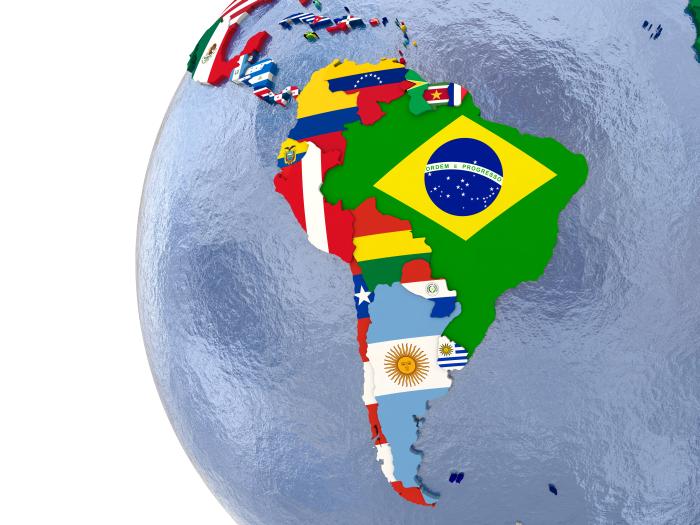By Thiago Amâncio
According to a new World Bank report released this week, Brazil is expected to maintain a growth rate below the Latin American average, already considered low, as in previous years.
The institution projects that in 2023 the country’s GDP (gross domestic product) will grow by 0.8%.
The value is close to what the market predicts, of 0.9%, according to the last Focus bulletin from the Central Bank, and below the Ipea (Institute of Applied Economic Research) estimate of 1.4%.

The World Bank’s projection is a little more than half of the growth forecast for Latin America, 1.4% in 2023, the lowest regional rate in the world.
The projected growth is 2.4% per year in the following two years.
“While numerous global factors may explain the modest growth rates in 2023, forecasts for the future point to the same mediocre pace of the past two decades, which remains insufficient to reduce poverty, promote inclusion, and ease social tensions,” the Bank says.
Among the biggest obstacles are lower commodity prices, high interest rates in developed countries, and instability in the Chinese recovery.
According to the report, the fiscal deficit in the region in 2022 is estimated at 4.4% of GDP, considered high, without reducing from the previous year.
It reached 8.7% in 2020, in the first year of the pandemic, amid a significant increase in government spending to deal with the Covid-19 crisis.
The efforts of Brazil and other large economies in the region, such as Colombia and Mexico, to record primary surpluses in 2023 are still insufficient to offset rising interest payments on high debt stocks, leading to large deficits, according to the Bank’s economists.
This will continue to erode the region’s fiscal space.
Average debt in 2022 grew by 17.9 percentage points relative to GDP compared to 2010.
Considering large economies, such as Brazil, the debt-to-GDP ratio has increased by 20 points over the past decade.
However, the report has several positive points, such as the assessment that Latin America “managed relatively successfully the multiple crises caused by Russia’s war against Ukraine and the uncertainties of the global economy.”
LatAm also managed to return poverty and employment to pre-pandemic levels.
For the World Bank, the region’s economies “have proved relatively resilient in the face of rising debt stress, inflation, and increased global uncertainty.”
After reaching an average of 7.9% in 2022, inflation in the region should fall to 5% this year, excluding Argentina and Venezuela from the calculation, with rampant price increases.
The region’s average rate is then below the average of OECD (Organization for Economic Cooperation and Development) countries, 9.4%, and of Eastern Europe, 18.8%, although higher than East Asian inflation (4.7%).
The World Bank argues that Latin America and the Caribbean would benefit from the trend of “nearshoring,” which means bringing the supply chain closer to major markets, such as the United States, amid rising geopolitical tensions with China.
Despite the opportunity, paradoxically, foreign investment in Latin America has been falling, points out the World Bank.
After reaching a peak of US$202 billion in 2012, the total fell by 75% to US$86 billion in 2020, the most significant drop among developing regions.
Foreign investment flows even improved the following year, but not enough to reverse the downward trend of recent years.
In addition to nearshoring, the Bank’s chief economist for Latin America and the Caribbean, William Maloney, argued that “leverage the region’s extraordinary comparative advantage in sustainable energy production, commodities needed for emerging green industries.”
“The region’s unique natural capital offers a potential new source of growth but will require policies to facilitate access to global markets, capital, and technology,” he said.
With information from Folha de S. Paulo

